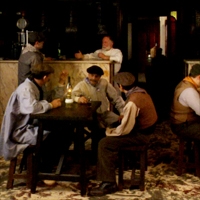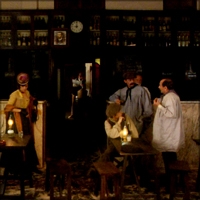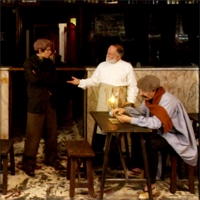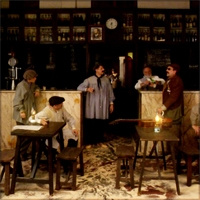-
 A Century of Revolutions (May 1901)
A Century of Revolutions (May 1901)Throughout the 19th century, liberalism fought a difficult battle in order to be heard. Some liberals embraced republican ideas in the 1830s that would play a role in the Progressivist Biennium (1854-56) and saw their greatest expression in the Proclamation of the First Republic (1873). The Bourbon Restoration succeeded in slowing the liberal movement somewhat, but it returned again in full force with the help of Blasco Ibáñez.
-
 The Worker's Union (May 1901)
The Worker's Union (May 1901)Beginning in the final decades of the 19th century, the unions articulated and outlined their demands with the methods of protest available to them: strikes and demonstrations that were met with harsh responses from the business owners.
-
 The Strike (Winter 1901)
The Strike (Winter 1901)The strike was an essential instrument for applying pressure in order to obtain better working environments, alleviate overcrowding, and improve the unhealthy living conditions that faced the lower classes. Strikes required a huge effort and solidarity amongst all of the workers in the sector.
-
 The Young Gentleman (July 1902)
The Young Gentleman (July 1902)A chasm existed between the concept of Bourgeoisie leisure and that of the populist classes, but many of the fashions introduced by the elite managed to permeate throughout society, such as swimming in the ocean and the July Fair. The carnivals and las fallas, however, were considered somewhat transgressive celebrations and favored moreso by the townspeople than the wealthy class.
-
 Popular Leisure (July 1902)
Popular Leisure (July 1902)The improvements in working conditions resulted in a greater availability of free time and, with it, more opportunities for leisure. Amongst the preferred types of entertainment for the popular class were romance stories, bullfights, the theater, and a recent invention of great impact: the cinema.
